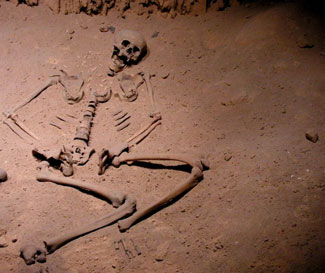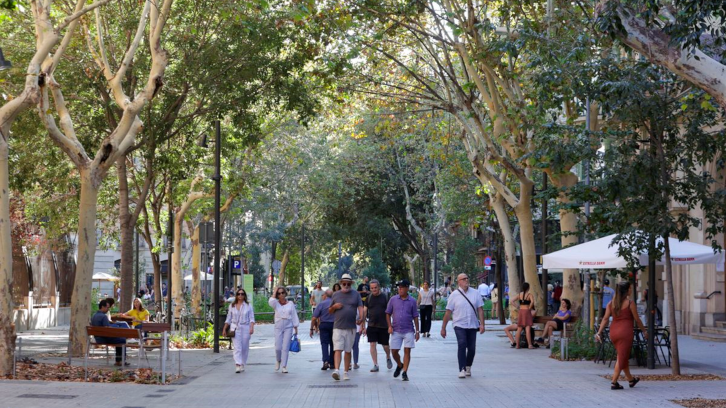Estimating the age of the dead

The age estimation of osteological remains is one of the first analyses in any Anthropological and Forensic study. Methods are based on changes in bone or tooth at different stages in life. In sub-adults age estimation are based on bone growth, epiphysis fusion and tooth development. Adult age estimation is based on dental wear, cranial sutures fusion and changes in the medial end of the ribs and articulations.
Although sub-adult methodologies are fairly accurate, those for adults remain less reliable. Problems include (a) low accuracy in the age estimation of the individuals that lived beyond 60 years of age; (b) the tendency to estimate most ages at death between 30 and 50 years old; and (c) tendency of estimates to reflect the age at death structure of the reference collection. These problems are exacerbated by the variability of the ageing process both within and between populations and by the scant knowledge of the relationship between various pathologies and the ageing process itself.
The main contribution of our work is the development of a new methodology based on the acetabular area of the innominate. This area was never before evaluated in this way. This method uses 7 variables, which make the ageing process in the anatomical area of the acetabulum explicit (acetabular rim, outer edge of the acetabular fossa and acetabular fossa), and a mathematic model based on Bayes theorem. This mathematical model permits more objectivity in the estimations. These 7 variables were evaluated independently in each specimen, each specific combination of them gives an age interval with the probability of falling into this interval.
This methodology was applied in 4 documented skeletal collections from Western Europe: UAB collection; St Bride collection, Lisbon collection and Coimbra collection. Results indicate the utility of this methodology in Mediterranean and Anglo-Saxon population. The obtained accuracy and its utility in all individual ages are especially important. This accuracy for older age is largely explained by the longer maturation and ageing time course of the anatomical features of the acetabulum used to estimate age at death.
References
Estimation of age-at-death for adult males using the acetabulum, applied to four Western European populations" Rissech C, Estabrook GF, Cunha E i Malgosa A.. Journal of Forensic Anthropology, 52(4):774-779. 2007.


